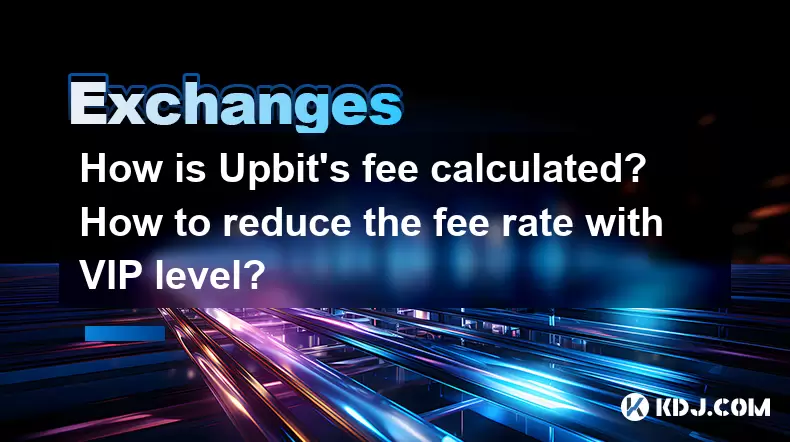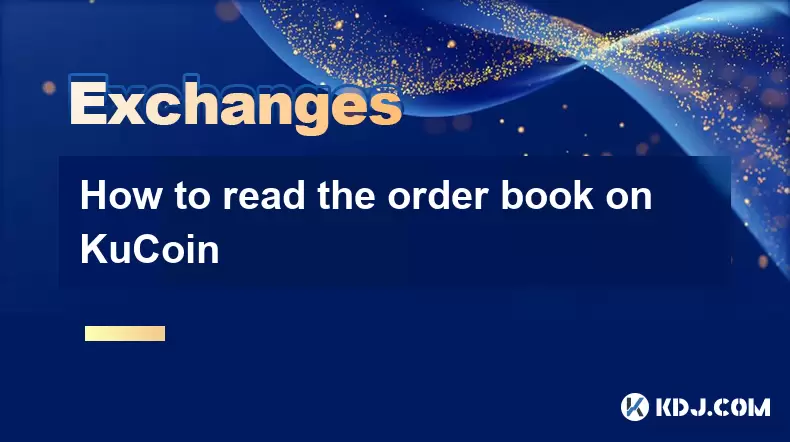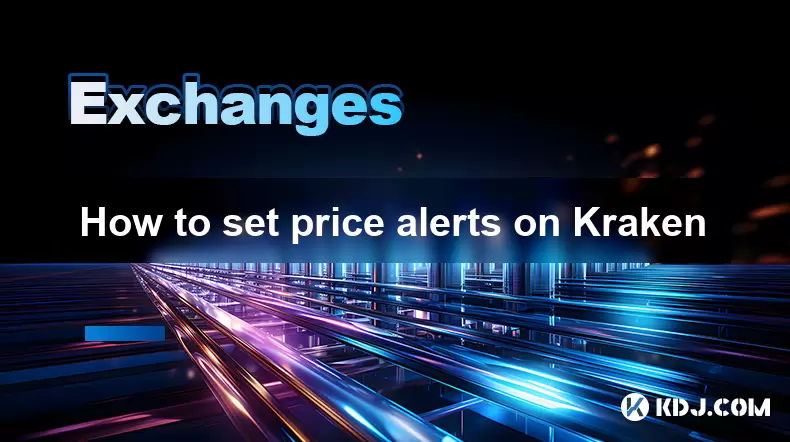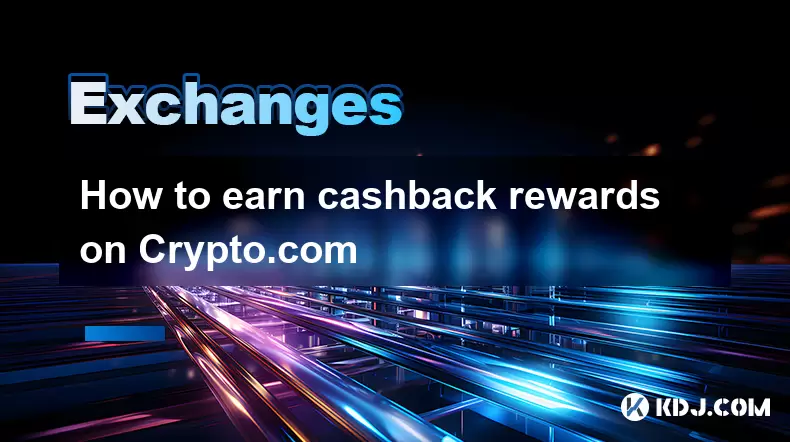-
 Bitcoin
Bitcoin $117700
-1.00% -
 Ethereum
Ethereum $4458
-3.91% -
 XRP
XRP $3.119
0.14% -
 Tether USDt
Tether USDt $1.001
-0.02% -
 BNB
BNB $836.6
-1.56% -
 Solana
Solana $189.5
-3.90% -
 USDC
USDC $0.9998
-0.02% -
 Dogecoin
Dogecoin $0.2335
1.29% -
 Cardano
Cardano $0.9642
1.51% -
 TRON
TRON $0.3539
-1.19% -
 Hyperliquid
Hyperliquid $47.41
-1.84% -
 Chainlink
Chainlink $21.92
-3.28% -
 Stellar
Stellar $0.4286
-0.23% -
 Sui
Sui $3.724
-3.29% -
 Bitcoin Cash
Bitcoin Cash $594.8
-0.78% -
 Ethena USDe
Ethena USDe $1.001
0.04% -
 Hedera
Hedera $0.2501
-2.06% -
 Avalanche
Avalanche $23.96
-4.87% -
 Litecoin
Litecoin $119.0
-2.32% -
 Toncoin
Toncoin $3.473
0.82% -
 UNUS SED LEO
UNUS SED LEO $9.596
0.17% -
 Shiba Inu
Shiba Inu $0.00001301
-0.39% -
 Uniswap
Uniswap $11.03
-0.25% -
 Polkadot
Polkadot $3.935
-2.62% -
 Dai
Dai $1.000
0.01% -
 Bitget Token
Bitget Token $4.564
-1.76% -
 Cronos
Cronos $0.1512
-4.11% -
 Ethena
Ethena $0.7306
-1.09% -
 Pepe
Pepe $0.00001087
-2.68% -
 Aave
Aave $300.2
-4.00%
How is Upbit's fee calculated? How to reduce the fee rate with VIP level?
Upbit's fee structure rewards active traders with lower fees through its VIP level system, which ranges from Level 0 to Level 5 based on trading volume and asset balance.
May 14, 2025 at 01:01 pm

Upbit is one of the largest cryptocurrency exchanges in South Korea, known for its robust trading platform and extensive range of digital assets. Understanding how fees are calculated and how to reduce them through the VIP level system is crucial for traders looking to optimize their trading experience on Upbit. In this article, we will delve into the details of Upbit's fee structure and provide a comprehensive guide on how to achieve a lower fee rate by advancing through the VIP levels.
Understanding Upbit's Fee Structure
Upbit's fee structure is designed to be straightforward and transparent. The exchange charges a trading fee for each transaction executed on the platform. The fee is typically a percentage of the total trade value and varies based on the type of trading pair and the user's VIP level.
Maker and Taker Fees: Upbit employs a maker-taker fee model. Maker fees are charged when you add liquidity to the market by placing an order that does not immediately execute. Taker fees are incurred when you remove liquidity from the market by placing an order that executes against an existing order. On Upbit, maker fees are generally lower than taker fees to incentivize users to provide liquidity.
Fee Rates for Different Trading Pairs: The fee rates can vary depending on the trading pair. For example, trading pairs involving major cryptocurrencies like BTC or ETH might have different fee rates compared to pairs involving less liquid assets. It is essential to check the specific fee rates for each trading pair on Upbit's fee schedule.
How to Check Your Current Fee Rate on Upbit
To understand your current fee rate on Upbit, follow these steps:
Log into Your Upbit Account: Access your Upbit account using your credentials.
Navigate to the Fee Section: Once logged in, go to the "Fees" or "Trading Fees" section in your account settings. This section will display your current fee rates for both maker and taker transactions.
Review Your VIP Level: Your VIP level, which affects your fee rate, will also be displayed in this section. Upbit assigns VIP levels based on your 30-day trading volume and asset balance.
Upbit's VIP Level System
Upbit's VIP level system is designed to reward active traders with reduced fees. The VIP levels range from Level 0 to Level 5, with higher levels offering lower fee rates. To advance through the VIP levels, users must meet specific criteria related to their trading volume and asset balance over a 30-day period.
Level 0: This is the default level for new users. The fee rates at this level are the highest.
Level 1 to Level 5: As you increase your trading volume and asset balance, you can advance to higher VIP levels. Each level offers progressively lower maker and taker fees.
Criteria for Advancing Through VIP Levels
To advance through the VIP levels on Upbit, you need to meet the following criteria:
Trading Volume: Your total trading volume over the past 30 days must reach or exceed the threshold for the desired VIP level. For example, to reach VIP Level 1, you might need to have a trading volume of at least 100 BTC equivalent over the past 30 days.
Asset Balance: Your total asset balance on Upbit must also meet or exceed the threshold for the desired VIP level. For instance, to reach VIP Level 2, you might need to maintain an asset balance of at least 1,000 BTC equivalent.
Strategies to Reduce Your Fee Rate on Upbit
Reducing your fee rate on Upbit involves increasing your VIP level. Here are some strategies to help you achieve this:
Increase Your Trading Volume: Engage in more frequent trading to boost your 30-day trading volume. Consider using limit orders to act as a maker, which not only helps increase your trading volume but also benefits from lower maker fees.
Maintain a Higher Asset Balance: Keep a higher balance of assets on Upbit to meet the asset balance criteria for higher VIP levels. Diversify your portfolio to include a variety of cryptocurrencies to meet the balance requirements more easily.
Use Upbit's Trading Tools: Utilize Upbit's advanced trading tools and features to execute trades more efficiently. Tools like stop-loss orders and margin trading can help you manage your trades and increase your trading volume.
Participate in Upbit's Promotions: Keep an eye on Upbit's promotional events and campaigns. Sometimes, the exchange offers opportunities to earn bonus points or reduced fees, which can help you advance through the VIP levels more quickly.
Monitoring and Adjusting Your VIP Level
Once you have advanced to a higher VIP level, it is essential to monitor your trading volume and asset balance to maintain that level. Upbit recalculates VIP levels every 30 days, so you need to ensure that you continue to meet the criteria for your current level.
Regularly Check Your Trading Volume and Asset Balance: Use Upbit's account dashboard to track your trading volume and asset balance. Set reminders to review your progress every few days.
Adjust Your Trading Strategy: If you notice that your trading volume or asset balance is falling short of the required thresholds, adjust your trading strategy accordingly. Increase your trading frequency or add more assets to your Upbit account.
Stay Informed About Upbit's Updates: Upbit may occasionally update its VIP level criteria or fee structure. Stay informed about these changes by subscribing to Upbit's newsletter or following their official social media channels.
Frequently Asked Questions
Q: Can I combine my trading volume from different accounts to reach a higher VIP level?
A: No, Upbit calculates VIP levels based on the trading volume and asset balance of each individual account. You cannot combine the volume from multiple accounts to reach a higher VIP level.
Q: Does Upbit offer any fee discounts for using specific payment methods?
A: Upbit does not currently offer fee discounts based on payment methods. The fee rates are determined solely by your VIP level and the type of trading pair.
Q: How often does Upbit update the VIP level criteria?
A: Upbit reviews and updates the VIP level criteria periodically, but these updates are not on a fixed schedule. It is recommended to check Upbit's official announcements for any changes to the VIP level system.
Q: Are there any other benefits to achieving a higher VIP level on Upbit besides lower fees?
A: Yes, higher VIP levels on Upbit may also come with additional benefits such as priority customer support, access to exclusive events, and higher withdrawal limits. These benefits can vary and are subject to Upbit's policies.
Disclaimer:info@kdj.com
The information provided is not trading advice. kdj.com does not assume any responsibility for any investments made based on the information provided in this article. Cryptocurrencies are highly volatile and it is highly recommended that you invest with caution after thorough research!
If you believe that the content used on this website infringes your copyright, please contact us immediately (info@kdj.com) and we will delete it promptly.
- Kazakhstan's Crypto Leap: Bitcoin ETF and Central Asia's Digital Finance Future
- 2025-08-13 12:45:19
- BlockDAG Presale Blazes Past $371M: Fundraising Frenzy Fuels Crypto Sensation
- 2025-08-13 13:05:21
- Meme Coins: Chasing the 2025 Surge – Which Will Moonshot?
- 2025-08-13 10:25:23
- Bitcoin's Wild Ride: Rally, Pullback, and What's Next
- 2025-08-13 10:25:23
- Bitcoin, Bitmax, and Institutional Demand: A New Era of Crypto Investment
- 2025-08-13 10:45:12
- Solana, ROAM, and Airdrops: What's the Buzz in 2025?
- 2025-08-13 11:35:13
Related knowledge

How to use margin trading on Poloniex
Aug 08,2025 at 09:50am
Understanding Margin Trading on Poloniex

How to read the order book on KuCoin
Aug 10,2025 at 03:21pm
Understanding the Order Book Interface on KuCoinWhen accessing the order book on KuCoin, users are presented with a real-time display of buy and sell ...

How to read the order book on KuCoin
Aug 12,2025 at 02:28am
Understanding the Basics of Staking in CryptocurrencyStaking is a fundamental concept in the world of blockchain and cryptocurrencies, particularly wi...

How to set price alerts on Kraken
Aug 11,2025 at 08:49pm
Understanding Price Alerts on KrakenPrice alerts on Kraken are tools that allow traders to monitor specific cryptocurrency pairs for price movements. ...

How to avoid high gas fees on Uniswap
Aug 13,2025 at 11:35am
Understanding Gas Fees on UniswapGas fees on Uniswap are payments made to Ethereum miners or validators for processing transactions on the blockchain....

How to earn cashback rewards on Crypto.com
Aug 12,2025 at 02:08am
Understanding Cashback Rewards on Crypto.comCashback rewards on Crypto.com are a feature designed to incentivize users to spend using their Crypto.com...

How to use margin trading on Poloniex
Aug 08,2025 at 09:50am
Understanding Margin Trading on Poloniex

How to read the order book on KuCoin
Aug 10,2025 at 03:21pm
Understanding the Order Book Interface on KuCoinWhen accessing the order book on KuCoin, users are presented with a real-time display of buy and sell ...

How to read the order book on KuCoin
Aug 12,2025 at 02:28am
Understanding the Basics of Staking in CryptocurrencyStaking is a fundamental concept in the world of blockchain and cryptocurrencies, particularly wi...

How to set price alerts on Kraken
Aug 11,2025 at 08:49pm
Understanding Price Alerts on KrakenPrice alerts on Kraken are tools that allow traders to monitor specific cryptocurrency pairs for price movements. ...

How to avoid high gas fees on Uniswap
Aug 13,2025 at 11:35am
Understanding Gas Fees on UniswapGas fees on Uniswap are payments made to Ethereum miners or validators for processing transactions on the blockchain....

How to earn cashback rewards on Crypto.com
Aug 12,2025 at 02:08am
Understanding Cashback Rewards on Crypto.comCashback rewards on Crypto.com are a feature designed to incentivize users to spend using their Crypto.com...
See all articles

























































































